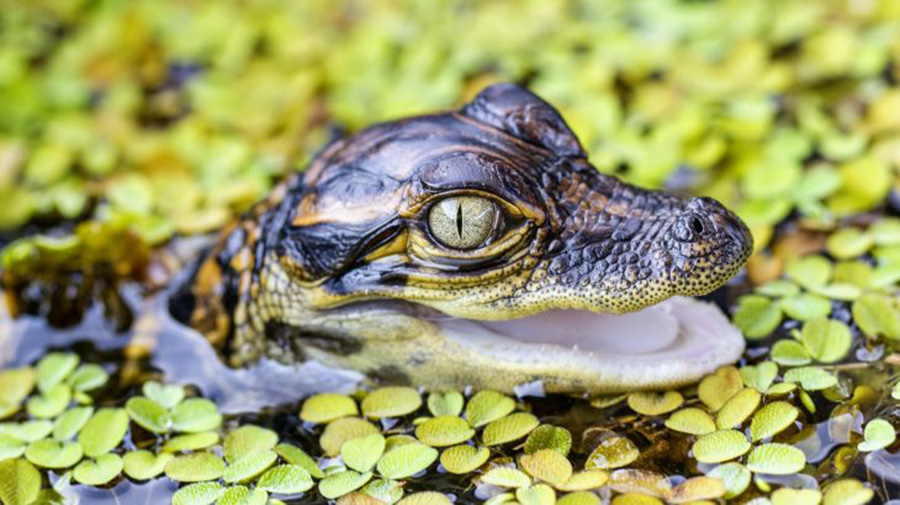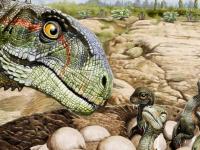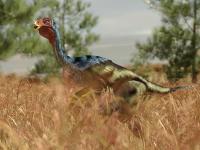Dinosaur Relatives Reveal Clues About Early Animal Locomotion

In a new study led by Brown University, researchers have taken a new approach to reconstruct the movement of dinosaurs and other extinct animals. The experts developed a 3D imaging technique to investigate the mechanics of early animal locomotion.
“By combining the latest technology for studying joint motion with unprecedented amounts of joint pose data, we’ve uncovered surprising new information that will improve reconstructions of locomotion in extinct animals,” said study lead author Armita Manafzadeh.
According to Manafzadeh, improving the ability for scientists to study animal biomechanics is important because knowledge of how individual species moved can advance our understanding of major evolutionary transformations.
For example, advanced knowledge of early animal movement could help us understand how vertebrates came out of the water and started walking on land, how they went from walking on four legs to two, and how flight evolved, explained Manafzadeh.
Current research on early animal locomotion relies on the process of elimination. The fossilized bones are assembled together and manipulated to determine a joint’s mobility, which includes all of the poses that could have been executed without the bones bumping into each other.
However, this traditional approach only identifies the way in which animals did not move, and requires additional resources to investigate how they actually did move.
For the current investigation, Manafzadeh teamed up with Professor Stephen M. Gatesy and Dr. Robert Kambic to determine whether joint mobility data may be more informative than what has been assumed.
Using XROMM 3D imaging technology, the researchers analyzed the locomotion of two living animals that are closely related to extinct dinosaurs – the helmeted guineafowl and the American alligator.
The team captured X-ray videos of the animals walking and having their limbs manipulated, conducted CT scans of the skeletons, and measured nearly 600,000 joint poses.
The researchers found consistent patterns that linked joint mobility to specific poses used by the dinosaur relatives during locomotion. The experts explained that these patterns can now be applied to reconstruct the movements of extinct animals with more accuracy.
“Thanks to these pose usage patterns, it turns out that what dinosaurs couldn’t do with their joints will give us some big clues about how they walked,” said Manafzadeh. “What’s more, this information has been right in front of us, hidden within the data that paleontologists are already collecting. We just didn’t know how to appreciate it yet.”
According to the researchers, their confidence in the patterns is supported by the hundreds of thousands of joint poses they have been able to measure and analyze. “We can now pursue future research to ask how broad those patterns are, how they evolved and why,” said Professor Gatesy.
The study is published in the Proceedings of the National Academy of Sciences.
Source: www.earth.com/








